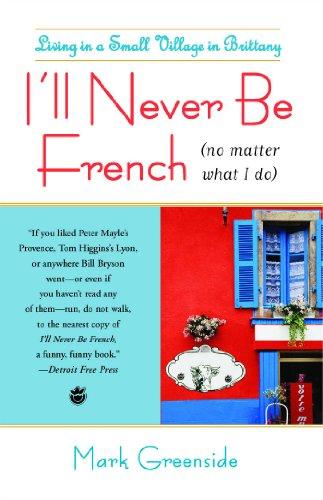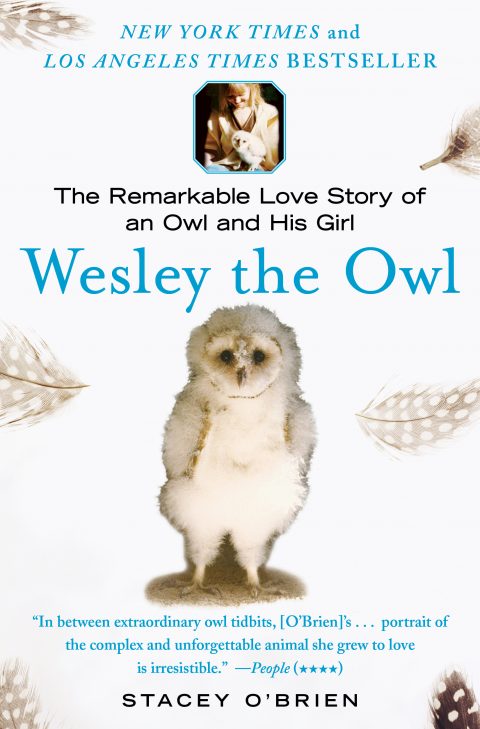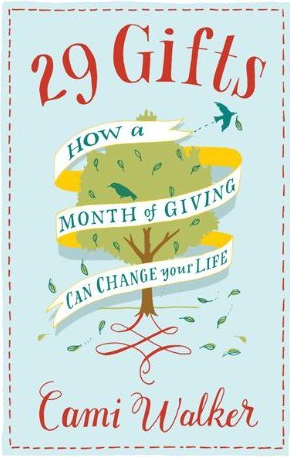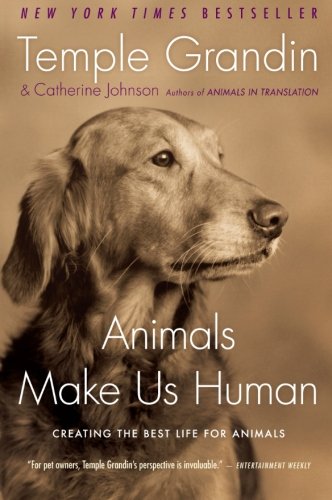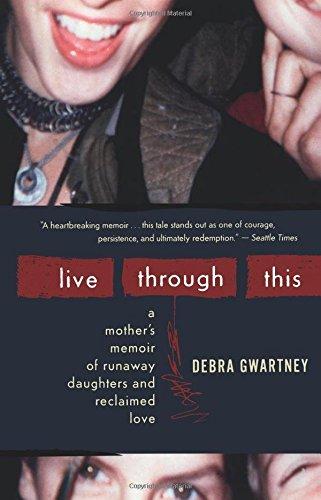Tired of Provence in books, cuisine, and tablecloths? Exhausted from your armchair travels to Paris? Despairing of ever finding a place that speaks to you beyond reason? You are ripe for a journey to Brittany, where author Mark Greenside reluctantly travels, eats of the crêpes, and finds a second life.
When Mark Greenside—a native New Yorker living in California, doubting (not-as-trusting-as Thomas, downwardly mobile, political lefty, writer, and lifelong skeptic—is dragged by his girlfriend to a tiny Celtic village in Brittany at the westernmost edge of France, in Finistère, “the end of the world,” his life begins to change.
read more
On Valentine’s Day 1985, biologist Stacey O’Brien first met a four-day-old baby barn owl—a fateful encounter that would turn into an astonishing 19-year saga. With nerve damage in one wing, the owlet’s ability to fly was forever compromised, and he had no hope of surviving on his own in the wild. O’Brien, a young assistant in the owl laboratory at Caltech, was immediately smitten, promising to care for the helpless owlet and give him a permanent home. Wesley the Owl is the funny, poignant story of their dramatic two decades together.
With both a tender heart and a scientist’s eye,
read more
One month after her wedding day, thirty-three-year-old Cami Walker was diagnosed with multiple sclerosis, and the life she knew changed forever. Cami was soon in and out of LA’s emergency rooms with alarming frequency as she battled the neurological condition that left her barely able to walk and put enormous stress on her marriage. Each day brought new negative thoughts: I’m going to end up in a wheelchair. Mark’s probably going to leave me. My life is over. Why did this have to happen to me?
Then, as a remedy for her condition,
read more
Following her bestselling Animals in Translation, Temple Grandin takes the next step in Animals Make Us Human by offering insight on how we can create a better, happier, and healthier life for our animals.
read more
With four young daughters and a miserably failed marriage, Debra Gwartney moves halfway across the country to Eugene, Oregon, for a new job and what she hopes will be a new life for herself and her daughters. The two oldest, Amanda, 15, and Stephanie, 13, have a symbiotic relationship so intense they barely know where one begins and the other leaves off. They come to blame their mother for their family’s dislocation and one day the two run off together—to the streets of their own city, then San Francisco, then utterly gone.
Faced with the unraveling of the family she thought she could hold together through blind love,
read more
During the long farewell of her mother’s dying, Patricia Hampl revisits her Midwestern girlhood. Daughter of a debonair Czech father, whose floral work gave him entre into St. Paul society, and a distrustful Irishwoman with an uncanny ability to tell a tale, Hampl remained, primarily and passionately, a daughter well into adulthood. She traces the arc of faithfulness and struggle that comes with that role from the postwar years past the turbulent sixties. The Florist’s Daughter is a tribute to the ardor of supposedly ordinary people. Its concerns reach beyond a single life to achieve a historic testament to midcentury middle America.
read more
